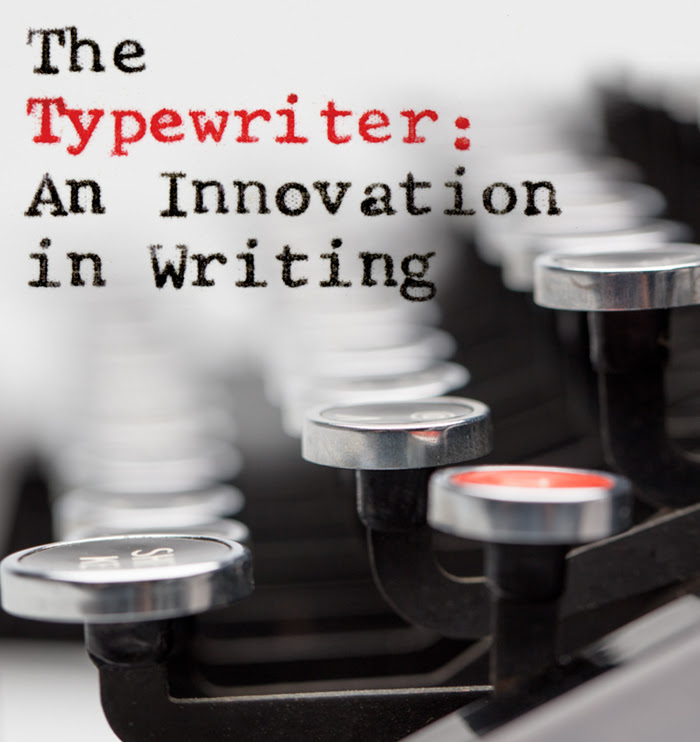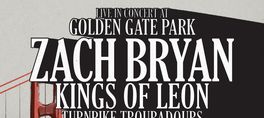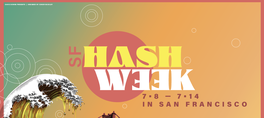The typewriter is one of the great inventions of the modern world. A marvel of industrial engineering and ingenuity, it revolutionized communication and was an essential tool for countless writers. To comprehend the typewriter’s impact, consider a world where typing did not exist and handwriting was the main form of non-verbal communication. Until refillable fountain pens were introduced in 1884, handwriting was a cumbersome process accomplished with pens dipped in ink. The ease and speed of communication on paper increased dramatically when typewriters became available in the late 1800s. Typewriting was efficient, created clear and legible documents, and easily produced multiple copies using carbon paper.
During the early 1900s, offices staffed by typists, bookkeepers, and clerks made the desktop typewriter indispensable. Inventions such as the telephone, telegraph, and railroad allowed business and manufacturing to grow exponentially, and extensive office organization was required to keep pace. Countless agencies worldwide created professional offices based on principles of scientific management. Daily tasks were clearly defined for each employee, and working structures mirrored arrangements between foremen and workers on factory floors, with office personnel organized by hierarchies and job specialization.
From local repair shops to international corporations, offices of all sizes employed typists trained in touch-typing techniques based on keyboard memorization. The largest typing pools, staffed by legions of women entering the workforce for the first time, offered low wages for monotonous work in expansive, factory-like rooms. As businesses reorganized into smaller, specialized departments, typing environments improved. Secretaries played an instrumental role in this modern office system. Often trained as entry-level typists, they were promoted through the ranks to draft letters, take dictation, and work in liaison with managers and staff.
Thank you to the following lenders for making this exhibition possible: California Typewriter, Computer History Museum, History San José, Joe Welch American Antique Museum, Mickey McGowan, Thomas S. Mullaney, Timothy S. Mundorff, Museum of American Heritage, Peter Smith, Steve Soboroff, Nick Tauriainen, and Janine Vangool.
show less
During the early 1900s, offices staffed by typists, bookkeepers, and clerks made the desktop typewriter indispensable. Inventions such as the telephone, telegraph, and railroad allowed business and manufacturing to grow exponentially, and extensive office organization was required to keep pace. Countless agencies worldwide created professional offices based on principles of scientific management. Daily tasks were clearly defined for each employee, and working structures mirrored arrangements between foremen and workers on factory floors, with office personnel organized by hierarchies and job specialization.
From local repair shops to international corporations, offices of all sizes employed typists trained in touch-typing techniques based on keyboard memorization. The largest typing pools, staffed by legions of women entering the workforce for the first time, offered low wages for monotonous work in expansive, factory-like rooms. As businesses reorganized into smaller, specialized departments, typing environments improved. Secretaries played an instrumental role in this modern office system. Often trained as entry-level typists, they were promoted through the ranks to draft letters, take dictation, and work in liaison with managers and staff.
Thank you to the following lenders for making this exhibition possible: California Typewriter, Computer History Museum, History San José, Joe Welch American Antique Museum, Mickey McGowan, Thomas S. Mullaney, Timothy S. Mundorff, Museum of American Heritage, Peter Smith, Steve Soboroff, Nick Tauriainen, and Janine Vangool.
The typewriter is one of the great inventions of the modern world. A marvel of industrial engineering and ingenuity, it revolutionized communication and was an essential tool for countless writers. To comprehend the typewriter’s impact, consider a world where typing did not exist and handwriting was the main form of non-verbal communication. Until refillable fountain pens were introduced in 1884, handwriting was a cumbersome process accomplished with pens dipped in ink. The ease and speed of communication on paper increased dramatically when typewriters became available in the late 1800s. Typewriting was efficient, created clear and legible documents, and easily produced multiple copies using carbon paper.
During the early 1900s, offices staffed by typists, bookkeepers, and clerks made the desktop typewriter indispensable. Inventions such as the telephone, telegraph, and railroad allowed business and manufacturing to grow exponentially, and extensive office organization was required to keep pace. Countless agencies worldwide created professional offices based on principles of scientific management. Daily tasks were clearly defined for each employee, and working structures mirrored arrangements between foremen and workers on factory floors, with office personnel organized by hierarchies and job specialization.
From local repair shops to international corporations, offices of all sizes employed typists trained in touch-typing techniques based on keyboard memorization. The largest typing pools, staffed by legions of women entering the workforce for the first time, offered low wages for monotonous work in expansive, factory-like rooms. As businesses reorganized into smaller, specialized departments, typing environments improved. Secretaries played an instrumental role in this modern office system. Often trained as entry-level typists, they were promoted through the ranks to draft letters, take dictation, and work in liaison with managers and staff.
Thank you to the following lenders for making this exhibition possible: California Typewriter, Computer History Museum, History San José, Joe Welch American Antique Museum, Mickey McGowan, Thomas S. Mullaney, Timothy S. Mundorff, Museum of American Heritage, Peter Smith, Steve Soboroff, Nick Tauriainen, and Janine Vangool.
read more
During the early 1900s, offices staffed by typists, bookkeepers, and clerks made the desktop typewriter indispensable. Inventions such as the telephone, telegraph, and railroad allowed business and manufacturing to grow exponentially, and extensive office organization was required to keep pace. Countless agencies worldwide created professional offices based on principles of scientific management. Daily tasks were clearly defined for each employee, and working structures mirrored arrangements between foremen and workers on factory floors, with office personnel organized by hierarchies and job specialization.
From local repair shops to international corporations, offices of all sizes employed typists trained in touch-typing techniques based on keyboard memorization. The largest typing pools, staffed by legions of women entering the workforce for the first time, offered low wages for monotonous work in expansive, factory-like rooms. As businesses reorganized into smaller, specialized departments, typing environments improved. Secretaries played an instrumental role in this modern office system. Often trained as entry-level typists, they were promoted through the ranks to draft letters, take dictation, and work in liaison with managers and staff.
Thank you to the following lenders for making this exhibition possible: California Typewriter, Computer History Museum, History San José, Joe Welch American Antique Museum, Mickey McGowan, Thomas S. Mullaney, Timothy S. Mundorff, Museum of American Heritage, Peter Smith, Steve Soboroff, Nick Tauriainen, and Janine Vangool.
show less
Date/Times:
San Francisco Internation Airport, San Francisco, CA 94128
The Best Events
Every Week in Your Inbox
From Our Sponsors
UPCOMING EVENTS
Great suggestion! We'll be in touch.
Event reviewed successfully.









